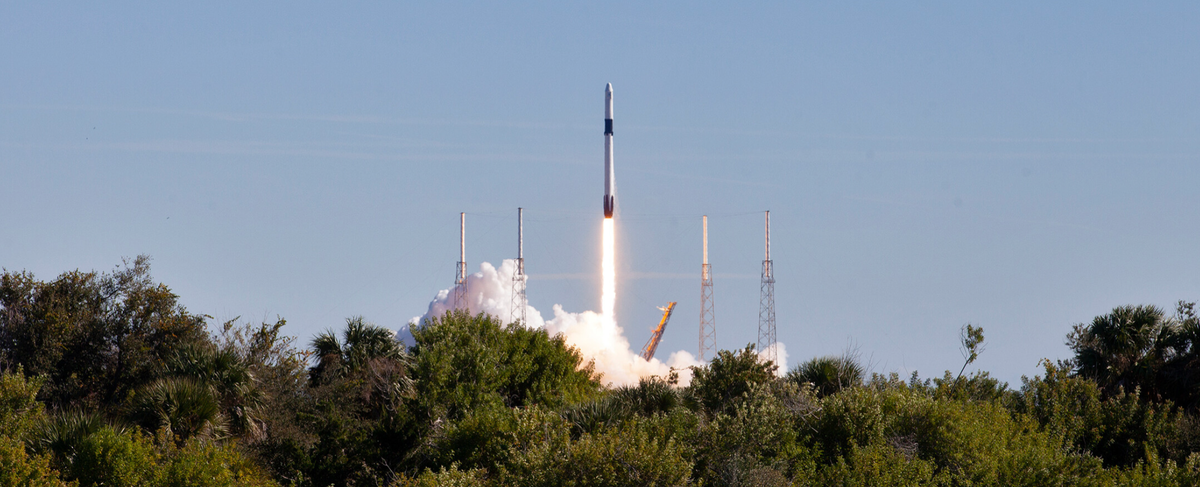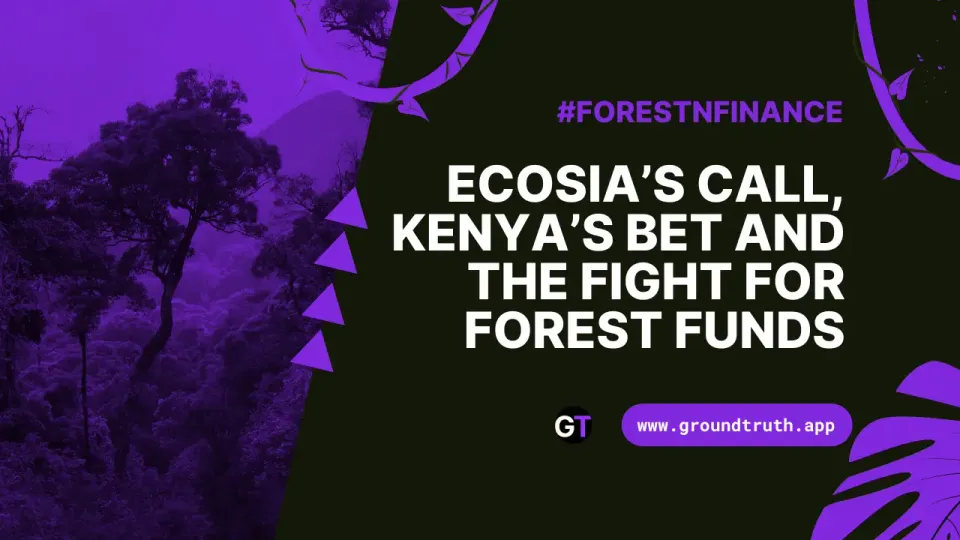GEDI Mission: Back to Map Forests in 3D, Carbon Edition! 🚀
Data from GEDI have been critical for scientists and ecologists to understand and track aboveground biomass.

This article by Abhishyant Kidangoor originally appeared in Mongabay.
- NASA’s GEDI mission, which maps the Earth’s forests in 3D using lasers, is back in operation from a hiatus, six months earlier than expected.
- Since 2018, GEDI has used spaceborne laser altimeters to help scientists gather data on forest structure, aboveground biomass and carbon stored in forests.
- Following resumption of operations, researchers have used GEDI data along with data from other missions as well as analysis tools to estimate the aboveground carbon stored in protected areas and Indigenous territories in the Amazon Rainforest.
Call it the force’s doing, but it has been surprises galore for the GEDI mission.
In early 2023, the lidar mission that maps the Earth’s forests in 3D was to be burned up in the atmosphere to make way for another unrelated mission on the International Space Station. A last-minute decision by NASA saved its life and put it on hiatus until October 2024. Earlier this year, another surprise revealed itself: the mission that replaced GEDI was done with its work, effectively allowing GEDI to get back to work six months earlier than expected.
That’s how, in April, a robotic arm ended up moving the GEDI mission (short for Global Ecosystem Dynamics Investigation and pronounced “Jedi” like in the Star Wars films) from storage on the ISS to its original location, from where it now continues to gather crucial data on aboveground biomass on Earth.
“We may have up to a whole decade-long period of observations where we’ve observed the structure of the forest changing from 2018 to 2030,” Ralph Dubayah, principal investigator at GEDI, told Mongabay in a video interview. “We’ve never had anything like that before and it will be a remarkable data set.”
Data from GEDI have been critical for scientists and ecologists to understand and track aboveground biomass. It helps them estimate the amount of carbon stored in forests around the world. Since half of a tree’s dry weight is carbon, scientists use the data to gauge how much carbon is released into the atmosphere when trees are cut down or burned in a fire.
Since 2018, the GEDI mission has gathered this data using spaceborne laser altimeters that emit light from the ISS. When the light hits tree canopies, leaves and branches, it reflects back. Scientists observe the time it takes for the beam to reflect back to calculate the dimensions of trees. This gives them a clear picture of what a tree looks like, including details about girth, width and canopy height. Since becoming publicly available, GEDI data have been used by researchers and governments for a variety of applications, from tracking forest biomass in the Amazon Rainforest to understanding how changes in forest structure impact biodiversity.

Ecologist Matt Finer has used GEDI data to track forest cover changes in the Amazon Rainforest. With the mission resuming operations, he said he’s hopeful that the continuing stream of data will prove even more useful.
“It allows for more time and opportunities to fill in the gaps [where we were] without direct data measurements yet,” Finer, senior research specialist at the nonprofit Amazon Conservation Association, told Mongabay in an email interview. “And also, more opportunities to repeat sampling for certain areas that will give us important insights on how carbon is changing over time.”
Recently, Finer combined data from GEDI with data from radar-imaging satellite TanDEM-X to get a more comprehensive understanding of forests in protected areas as well as Indigenous lands in the Amazon. According to a report that documented his findings, the combination of data from the two satellites helped produce “unmatched maps that combine the ability of lidar to retrieve forest structure and the ability of radar to offer wall-to-wall coverage at multiple resolutions.” Additionally, Finer also used OBI-WAN, a forest carbon reporting app developed by the U.S. Forest Service, to get carbon estimates based on the data. “Now we can zoom in on specific areas, such as important protected areas and Indigenous territories, and get detailed wall-to-wall estimates of carbon,” he said.
Finer’s data analysis found that three national parks and two Indigenous territories in Brazil, Peru, Colombia and Bolivia held close to 1.4 billion metric tons of aboveground carbon. He also used the data to estimate the spatial distribution of the biomass across each of these five locations. For example, both data sets estimated that Chiribiquete National Park, which spans 4.2 million hectares (10.4 million acres) in the Colombian Amazon, holds more than 300 million metric tons of aboveground carbon. In the Kayapó Indigenous Territory in the Brazilian Amazon, the data estimated 198 million metric tons of carbon in an area spanning 3.2 million hectares (7.9 million hectares).
Finer said “the preciseness and resolution of the new data” surprised him. “You can see in stunning detail the actual river basins and transitions from forests to mountains. Previously, the carbon estimates at this scale were quite crude,” he said.
Dubayah of the GEDI mission said he’s also hopeful the data generated can be effectively combined with potential data from other upcoming Earth observation missions such as the NISAR mission, a joint project between NASA and the Indian Space Research Organization, as well as the European Space Agency’s Biomass mission.
“Both of those missions will use GEDI data to help them produce more accurate estimates of biomass,” Dubayah said. “And, in some cases, calibrating their data off of GEDI estimates.”
License
Kidangoor, Abhishyant. "Space Mission That Maps Forests in 3D Makes an Early Comeback." Mongabay, 17 Jul. 2024. Republished under a Creative Commons Attribution 4.0 License.




